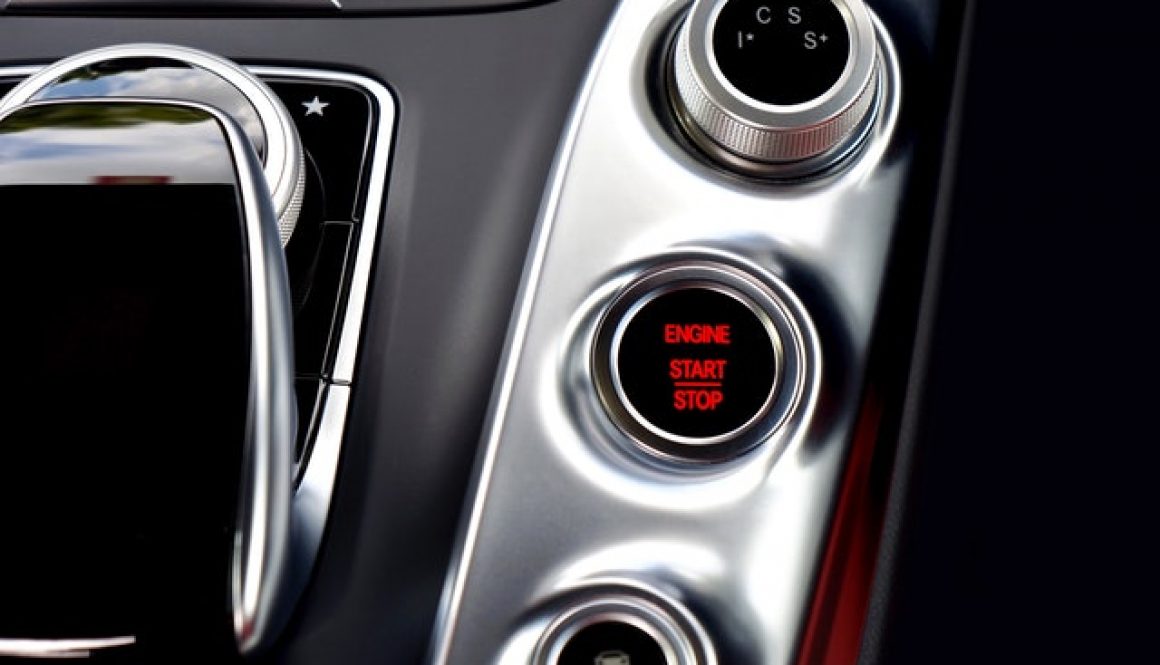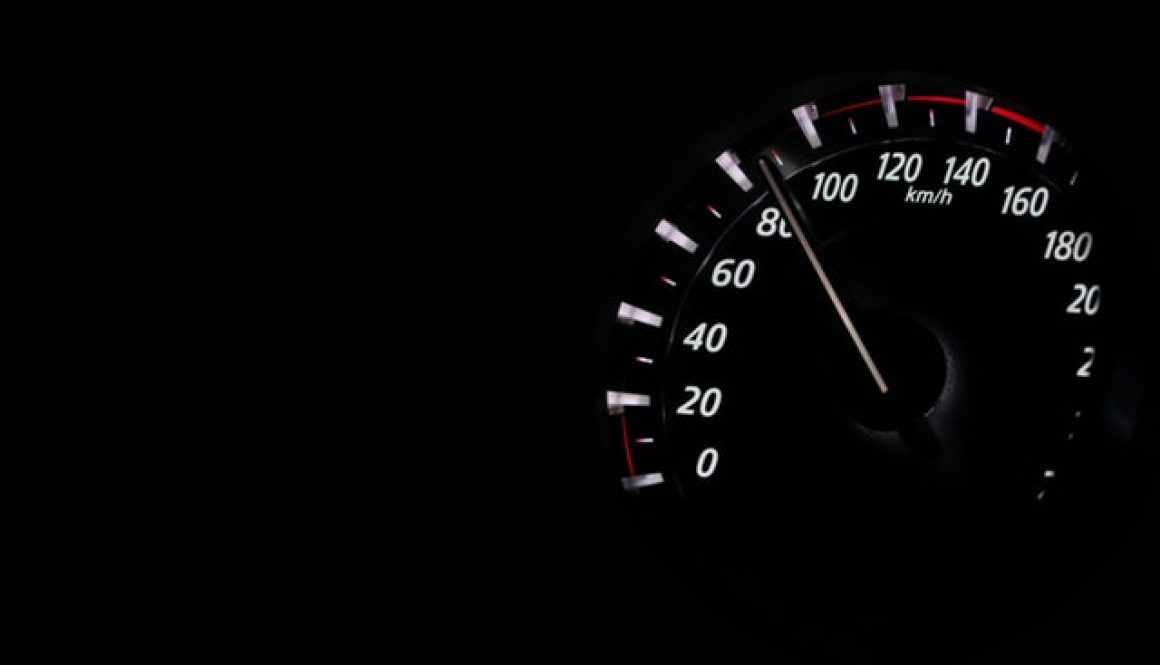3 Easy to Understand Reasons Why a Car Cranks Slowly but Wont Start
Why a car cranks slowly but won’t start
Car cranks slowly but won’t start? Stay tuned and see just what could be causing this problem.
Possible causes
A bad battery, Bad alternator, Parasitic draw
(1) Bad battery
A bad battery will try and start the car if it still has enough cranking amps left in it. That is why you hear the vehicle struggle to start but won’t start.
How do I know if my car battery is bad?
The only true way to know if your car battery is bad is to get it tested. You can test it yourself with a battery load tester or remove the battery and take it to your local auto parts store and get it tested.
If you have roadside service with AAA or any other road assistance companies they can assist you with this matter. The road assistance service that comes to you has all the tools needed to check your battery to see if it is bad.
What causes car batteries to go bad?
Car batteries go bad for a few reasons. In short the age of the battery, and low performing charging system. But for a better understanding, I source this informative courtesy of battery power.info
The most common cause of premature battery failure…
It is due to a build-up of sulfate on the plates, which interferes with the charging and discharging of the battery. This build-up is accelerated by the following:
- high temperature — over 70 degrees;
- discharging the battery below 10.5 volts;
- storage without charging
The second most common cause of premature failure…
Is loss of electrolyte –(the liquid chemical that causes electricity to flow) –due to overcharging or heat.
The third most common cause of premature failure…
It is undercharging because undercharging accelerates the build-up on the plates.
The fourth most common cause of premature failure…
It is called “old age.” This is a result of the plates shedding material which falls to the bottom of the battery cell and eventually shorts the plates. This shedding of material is accelerated by the build-up mentioned above.
The fifth most common cause of premature failure…
Is excessive vibration. This causes the shedding to occur faster. The Battery Life Saver electronic device can help here because clean plates will shed more slowly.
(2) Bad alternator
A bad alternator will sneak up on you. Before you know it you tray and start your vehicle and there it is, your battery is possibly gone to the point of no return.
What causes car alternators to fail?
Alternators fail for many reasons but the most common reason is due to normal wear and tear.
- oil leaking into alternator I.E Power steering fluid and all other fluids
- Electrical overload I.E Aftermarket sound system and other electronics
How do I know if my car alternator is bad?
To find out if your alternator is bad this can be done with a few easy to understand the test. First and for most in order to properly test an alternator, you need to have a good battery. VERY IMPORTANT Test the battery first and move to the next step.
The average person does not own a battery test tool. Locate one at your local auto parts store. For the less mechanically inclined person, most local auto parts stores can test the battery and the alternator.
No tool needed- easy to do alternator test
There this easy little test that you can perform that will let you know if the alternator has failed completely.
- Start the engine
- Locate the battery
- Remove the negative and positive battery cables from the battery
Observe how the vehicle reacts. If the vehicle shuts off the alternator has completely failed. If the vehicle continues to run, the alternator hasn’t completely failed but could be still on its way out. A proper charging system is still recommended.
(3) Parasitic draw
What is a parasitic draw?
In automotive terms, a parasitic drain is an electrical load that draws current from the battery when the ignition is turned off. Some are considered normal, some above normal. Parasitic drain happens in vehicles every day, that is why you can have a fully charged battery get discharged after leaving in a car for an extended amount of time.
An example of part of a vehicle that causes a parasitic draw is a relay staying energized also know as stuck in the on position.
How to find a parasitic draw on a car
The parasitic draw can be really challenging to find if you have never done this before. I must tell you even for a seasoned automotive technician parasitic draw can still be challenging. I sourced this really cool and detailed article on how to find a parasitic draw on any vehicle.










